SUP Size: Why Choose a Small SUP
When it comes to SUP size, some say bigger is better but that is not necessarily true. While you technically can’t be too light for a stand up paddleboard, there are many advantages to finding one that is sized perfectly for you. That is why the top SUP companies offer a selection of different board lengths and widths versus one-size-fits-all generic sizing. In this post, we are going to focus on the advantages of choosing a small SUP.

A small SUP can go on the biggest adventures!
What is a Small SUP?
Stand up paddleboards come in a variety of sizes. You can find boards ranging in length from SUP surf boards under 10’ to race boards topping up at 14’, and widths from as narrow as 19 inches for maximum glide all the way up to 36 inches for a stable fishing platform. There is so much variety when it comes to board dimensions!
SUP size is not only tailored to the category of the board, but also size of the rider. Our Waterwalker series is a great example of a lineup of all-around boards that serve the same purpose but are offered in different sizes. They all featured the same reliable, stable outline, with a rounded nose and tail, but are come in small, medium, and large.
The Waterwalker 120 is the smallest of the bunch. At 10’ in length and 30” in width, the recommended capacity for this board is 100-150 lbs, based on its overall volume of 240L. The smaller dimensions and lighter volume make the 120 a great board for a lighter rider. Compare this to the 126 with a recommended capacity of up to 180 lbs and the 132 which can comfortably take up to 210 lbs.
The Adept is another great example of a small SUP. Designed for kids and teens, the Adept is a 9’ board that is only 28 inches wide, with a recommended capacity of up to 120 lbs. Just like the 120, it is the perfect board for lighter, smaller riders.

The smaller the board, the easier it is to carry
Why SUP Size Matters
We know what you are thinking; why not just choose a larger SUP? After all, it can hold more weight. While it is true that large SUP boards with their higher volume can handle heavier riders and more gear, small SUPs have many distinct advantages over their bigger counterparts.
The Advantages of Choosing a Small SUP
Easier to Maneuver
Steering and turning a small SUP is a cinch! Because they are shorter and narrower, there is less board to wrangle, making them easier to maneuver. You’ll be a lot more nimble in whatever conditions you find out on the water. Generally, shorter boards turn more quickly. Just look at SUP boards designed for rivers and surfing – they are usually less than 10’ in length for maximum agility.
Lighter to Carry
Small SUPs weigh less than larger boards. For example, the Waterwalker 120 is only 22.5 lbs while the 126 and 132 are 24 lbs and 26 lbs, respectfully. While a few extra pounds won’t make a difference on the water, you’ll definitely feel it while carrying your board down to the shoreline or back to the car after your paddle session. The longer your trek to and from the water, the more crucial board weight becomes. The fewer the pounds, the better!
Faster to Pump
Why spend more time pumping than you have to? The smaller the board, the less air it will need, the quicker it is to pump. This is especially helpful for those who use a manual pump. A smaller board will be faster to pump up to the recommended PSI to maximize board performance. And less time pumping means more time on the water!

The Adept is the perfect paddleboard for teens and youth!
Ideal for Kids and Teens
If you’re getting the younger family members into SUP, you’ll definitely want a board that suits their size. Sure, you can get them on an adult-sized board but the high volume and large shape will feel more like a giant floating dock and less of an exciting piece of gear. A board suited to their size will be much easier for them to carry, paddle, and turn, allowing them to progress quickly and, more importantly, have the most fun on the water!
Packs Up Easier
The more board you have, the more area you’ll have to manage when packing it away. Large boards can be a challenge to roll up and place in their bag with all the accessories, especially if you are a smaller person. Small SUPs are easier to roll up (especially if you are petite) and take up less room in their storage bags. Don’t struggle with more board than you have to!
Idea for SUP Surf
If you’re hoping to get into SUP surfing, you’ll definitely want the smallest board suited to your weight. A small SUP performs well in the waves, as it is nimble and responsive, perfect for navigating the waves and catching your next ride.
Conclusion
Nimble, light, faster to pump up, easier to store, and better for kids; the advantages of a small SUP are clear! So if you’re in the market for your next (or first!) paddleboard, have a look at the recommended capacity and choose the one that suits you. You’ll have the best time out on the water!


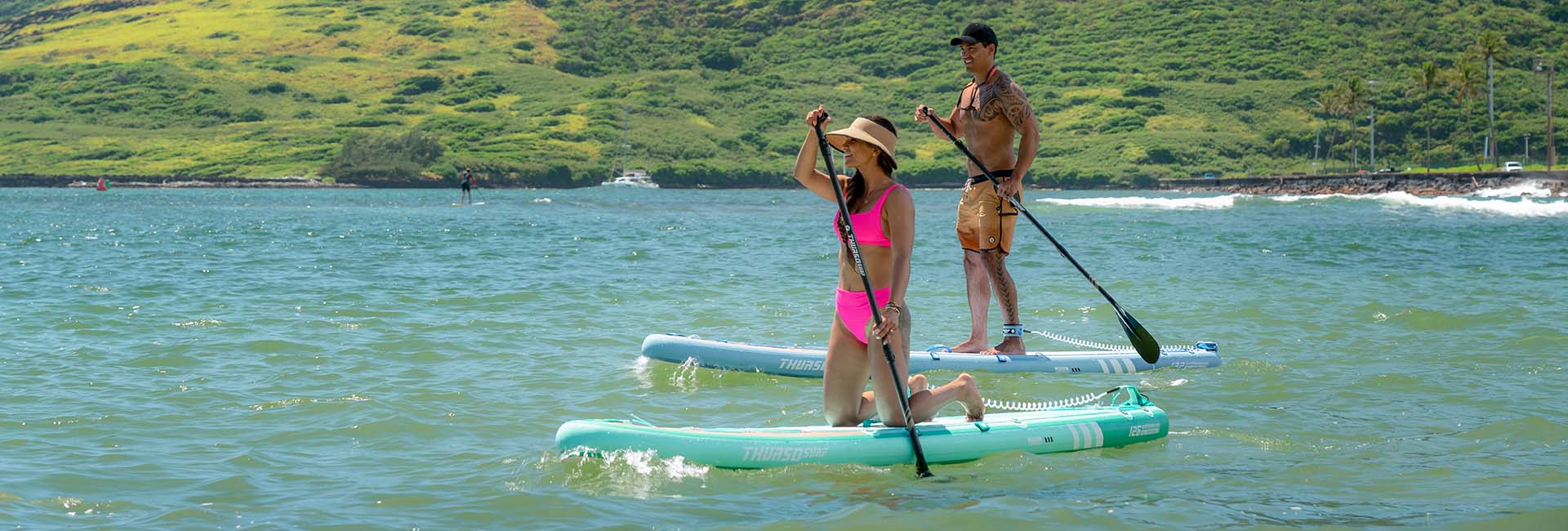
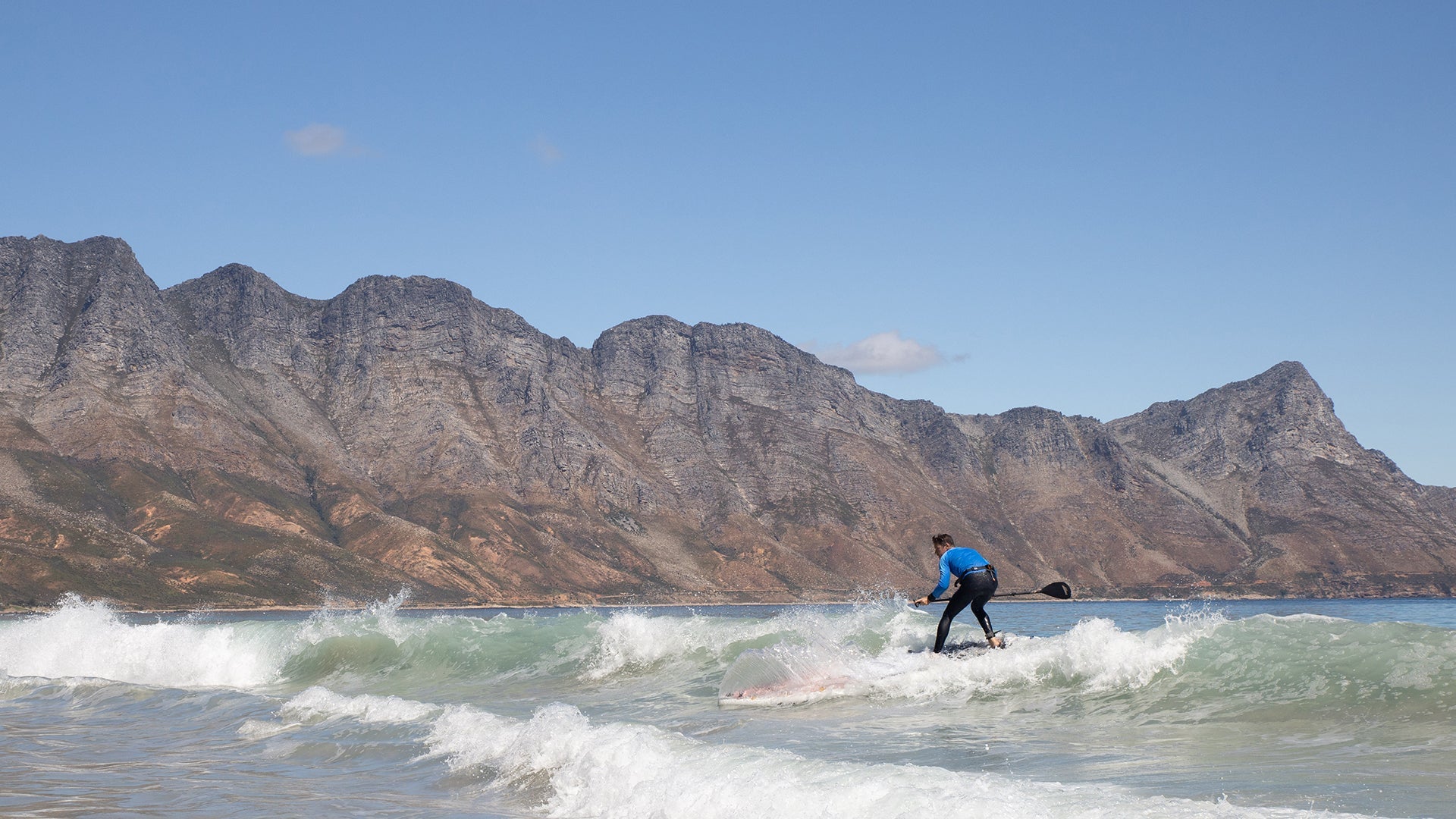
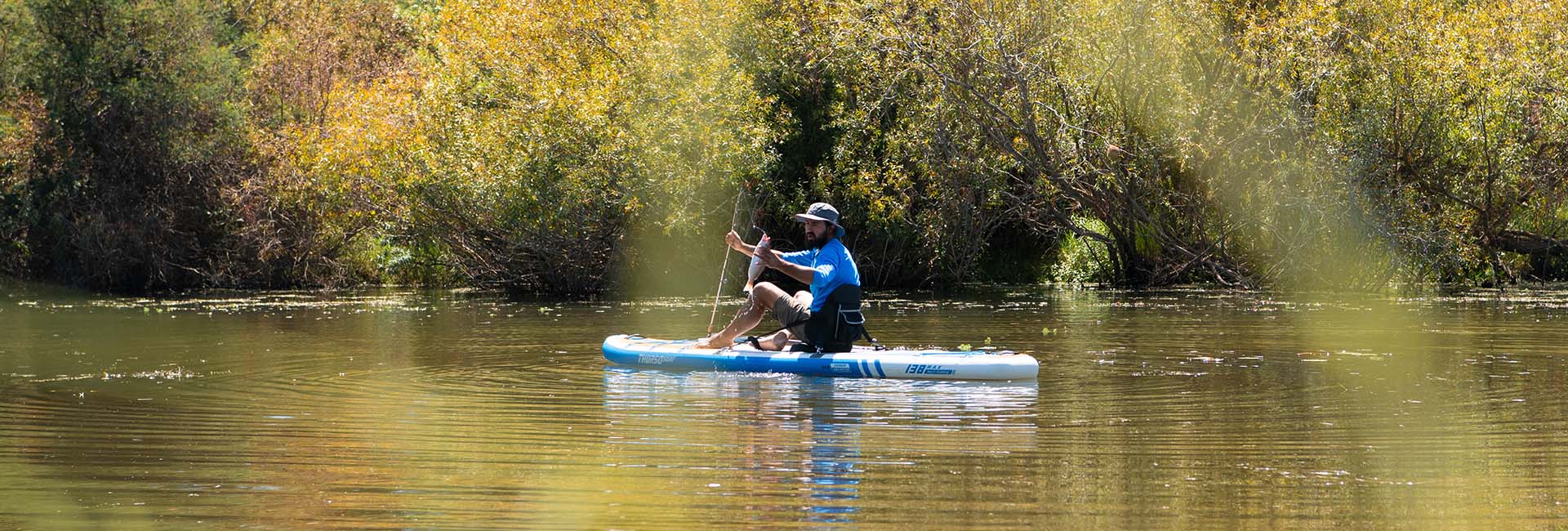
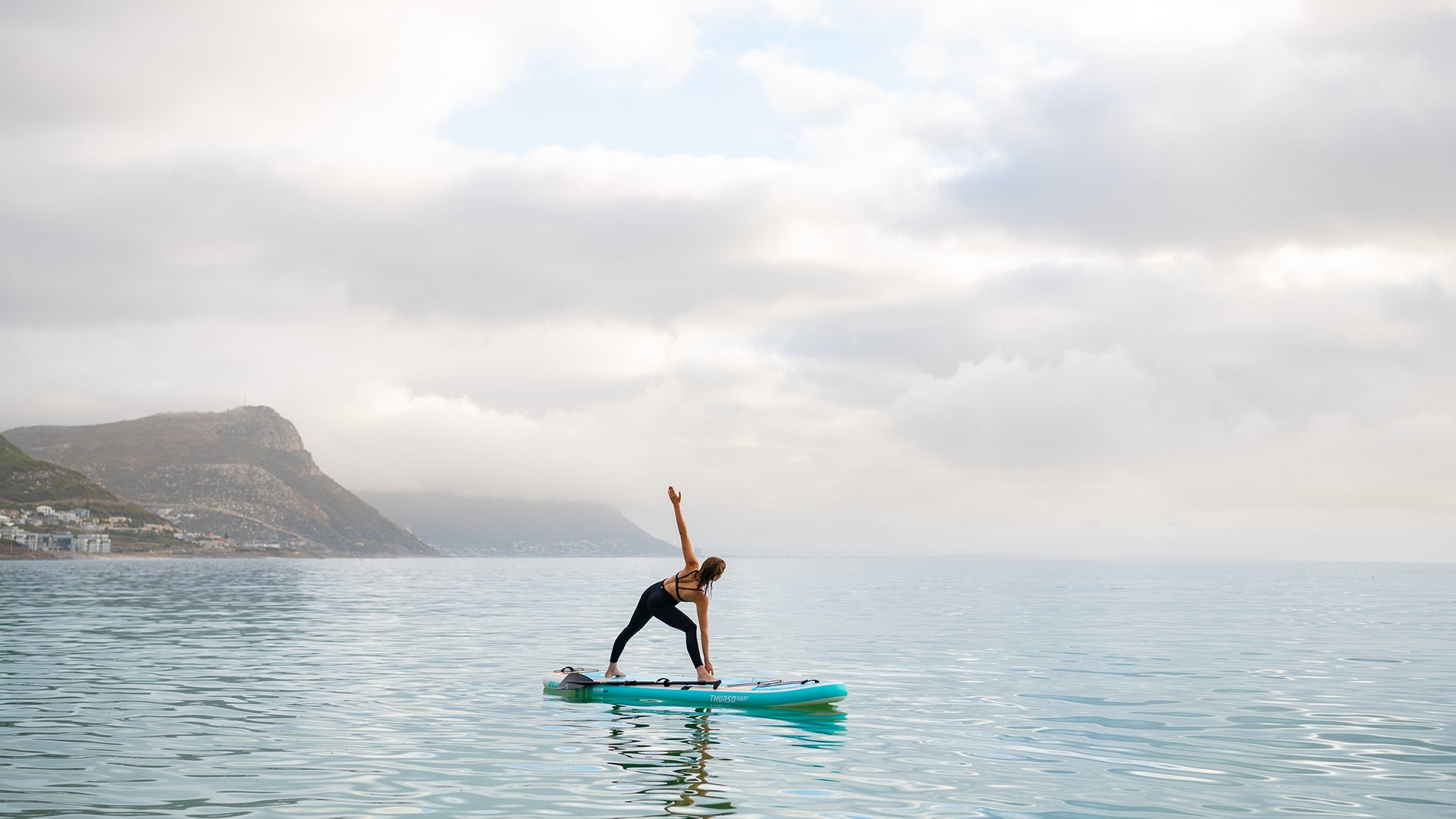
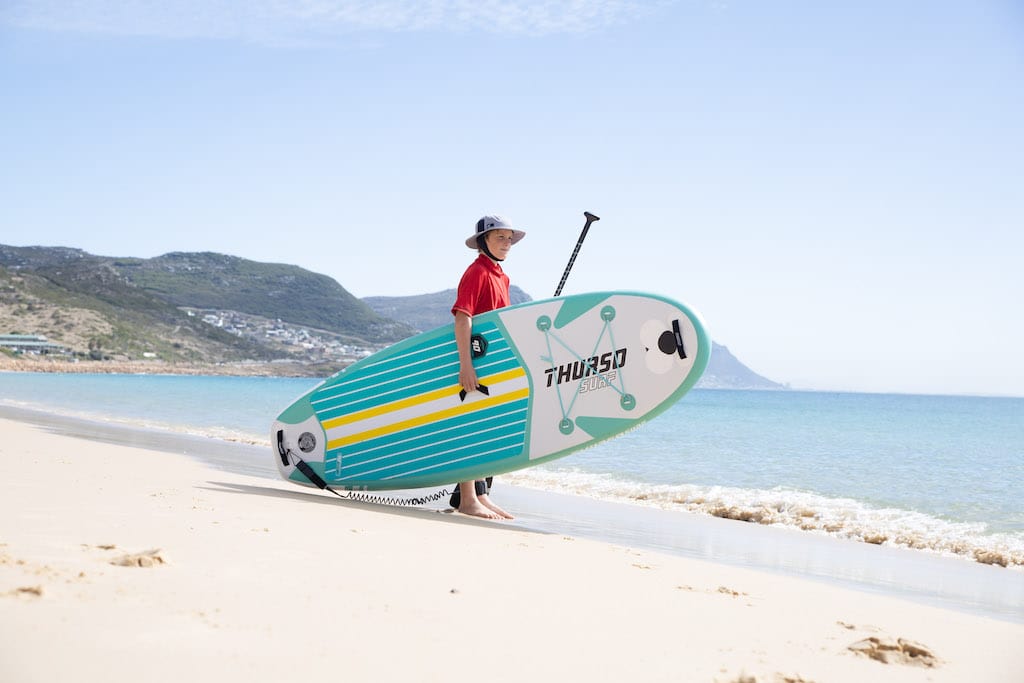
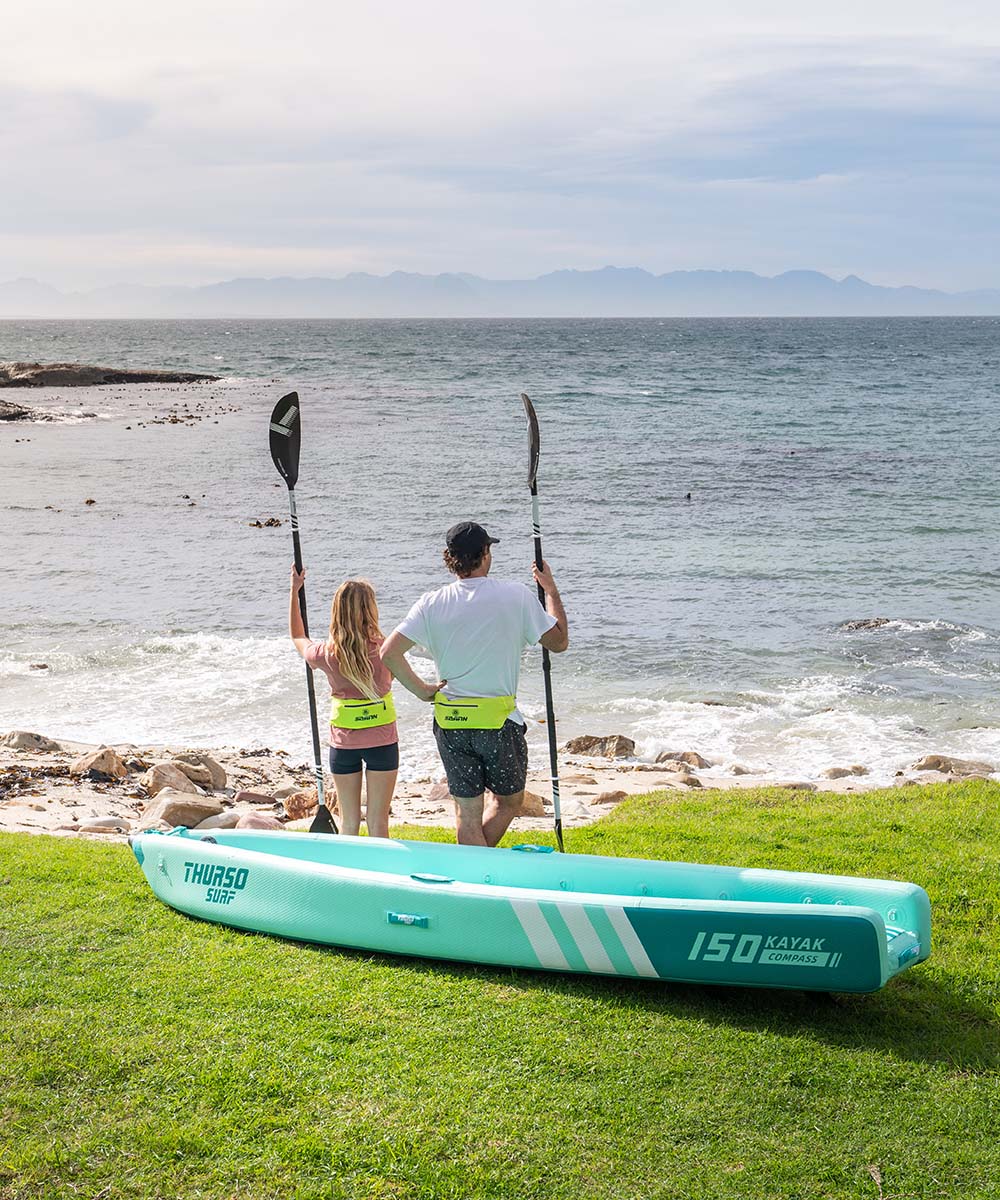
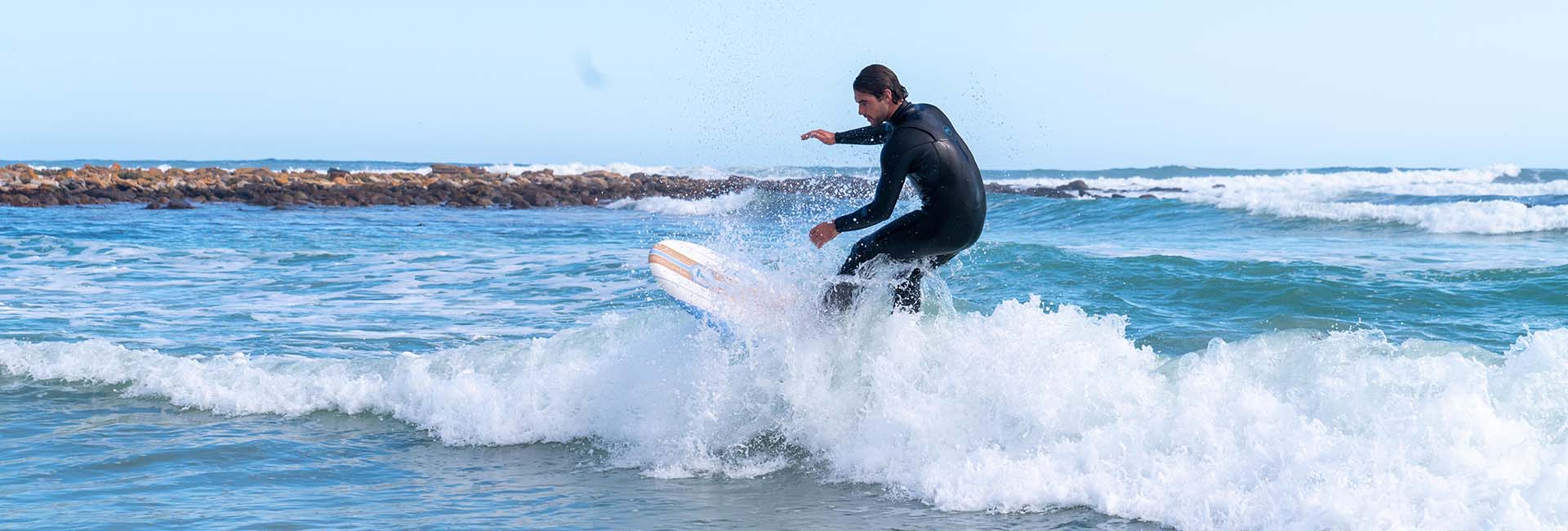
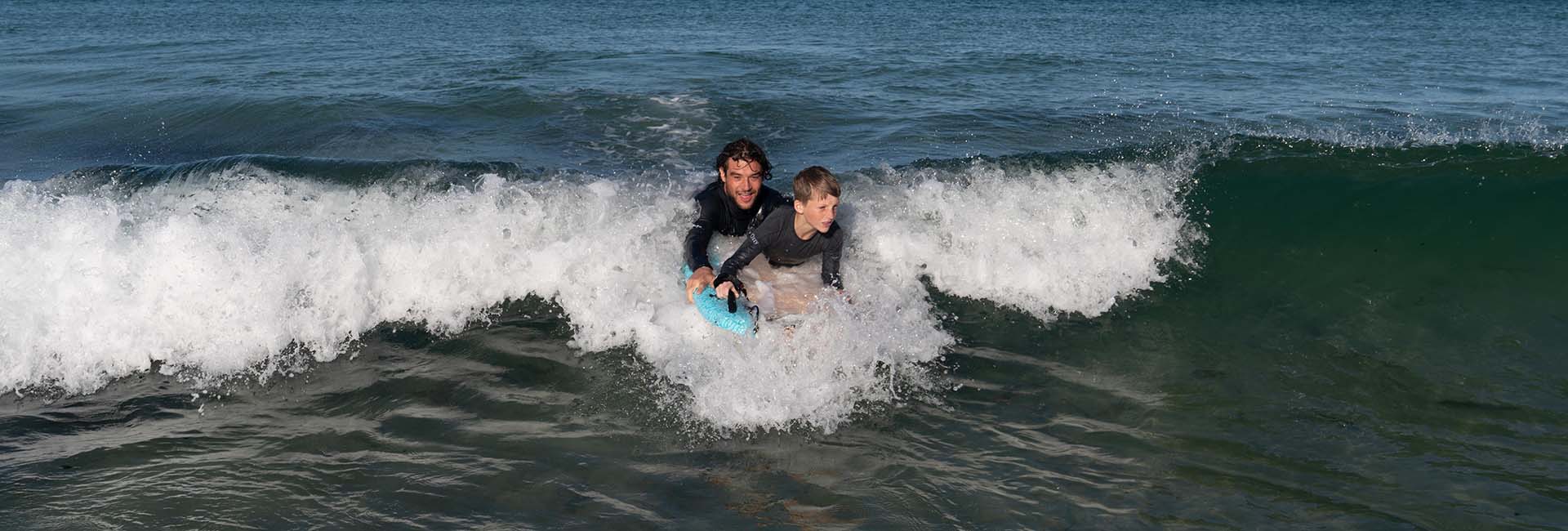
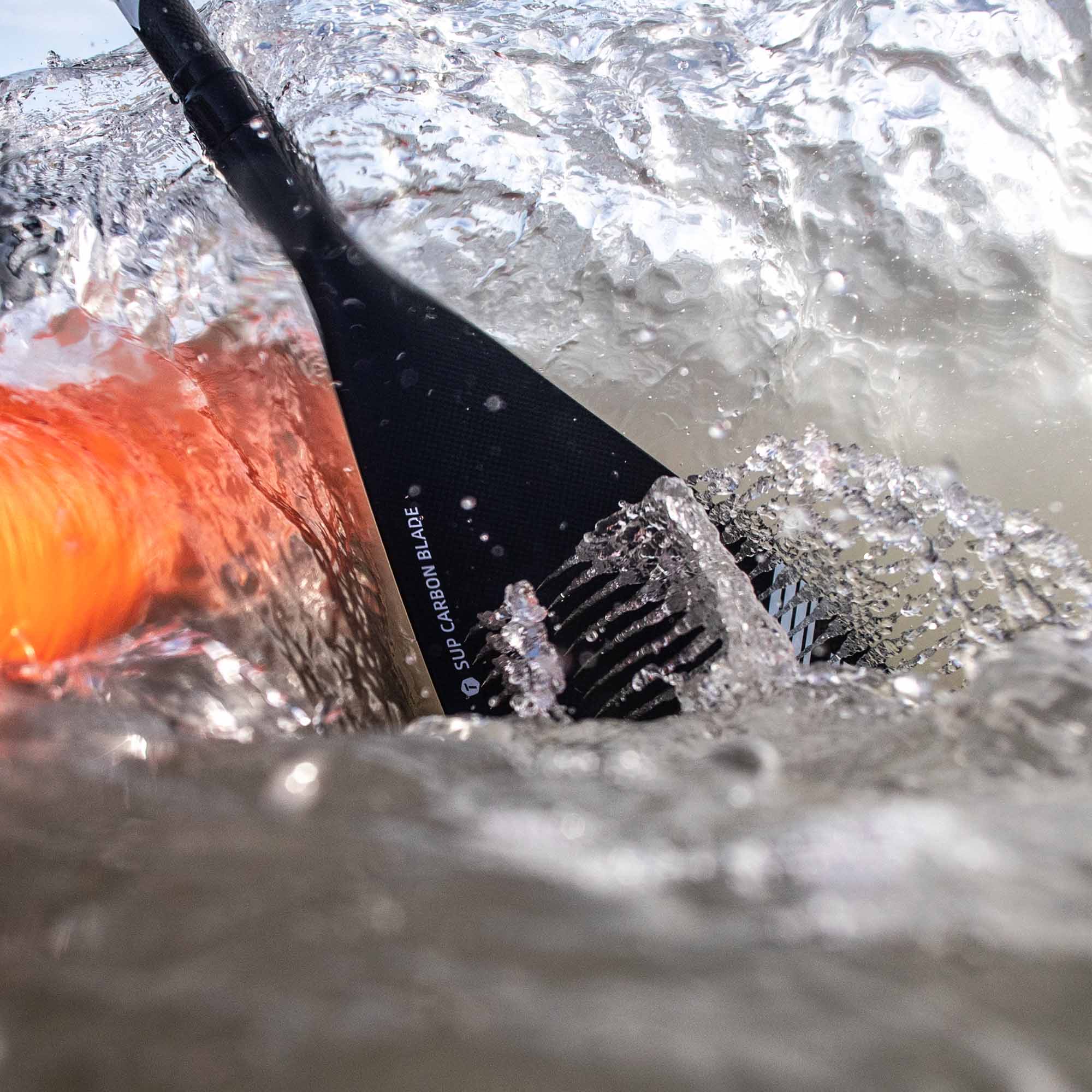
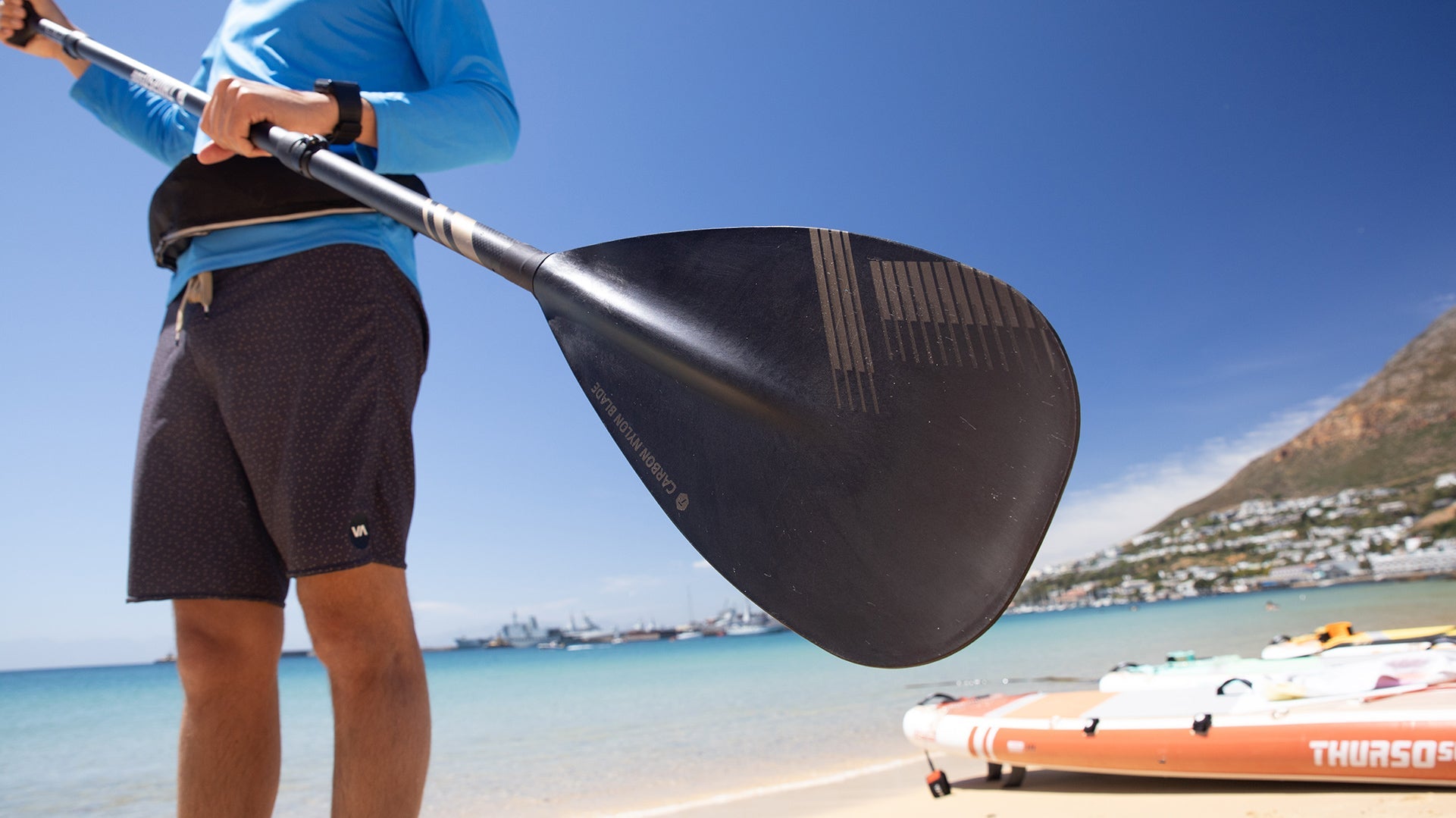
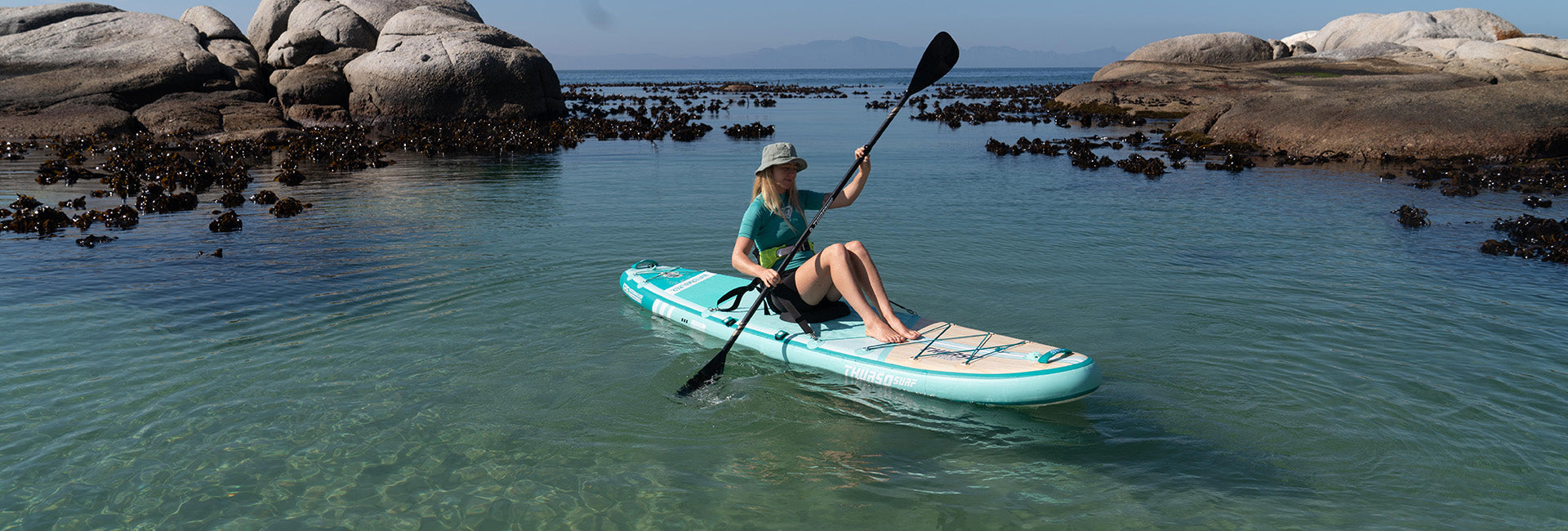

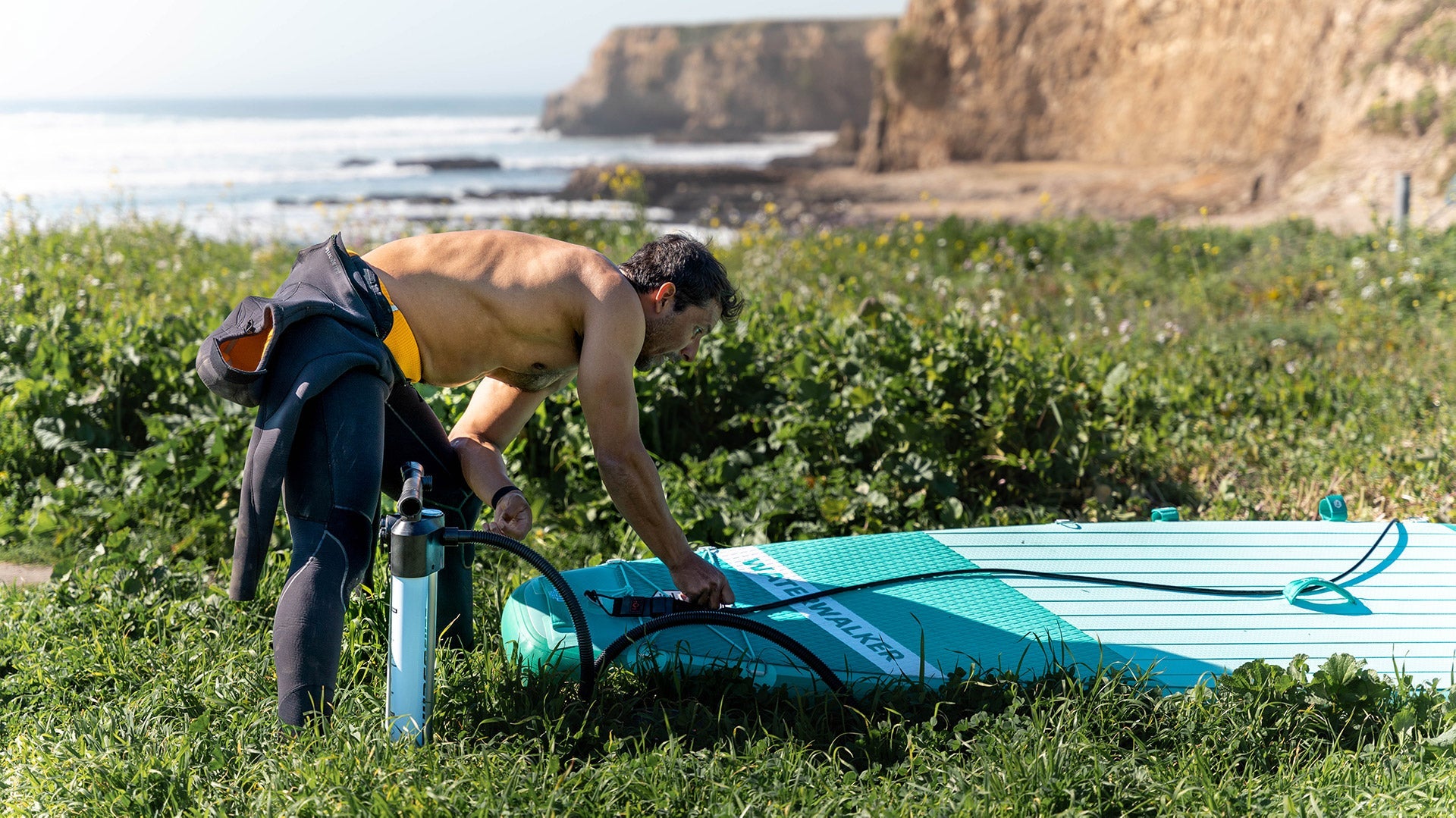
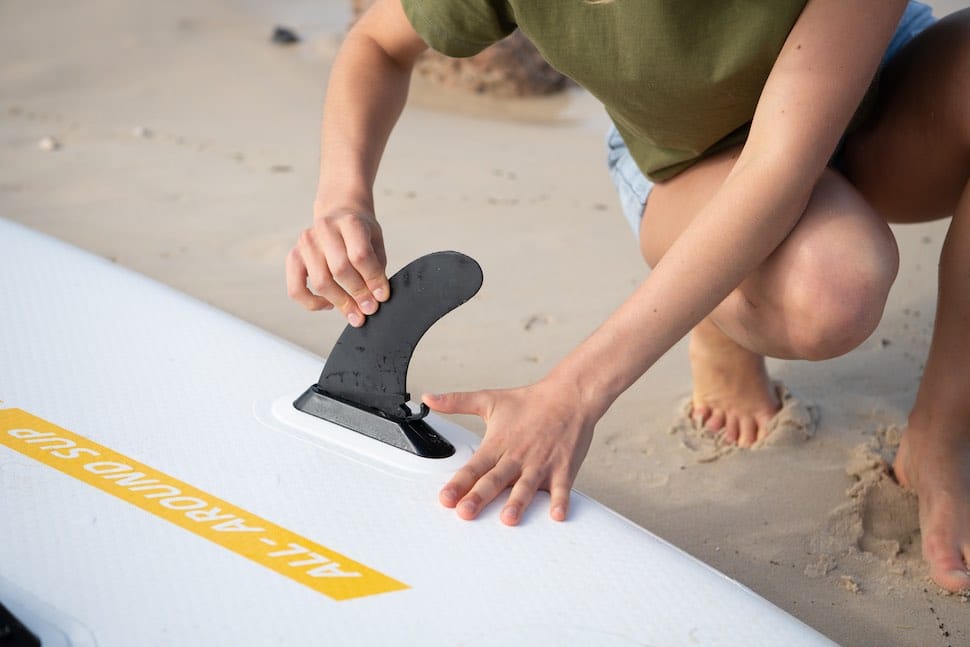
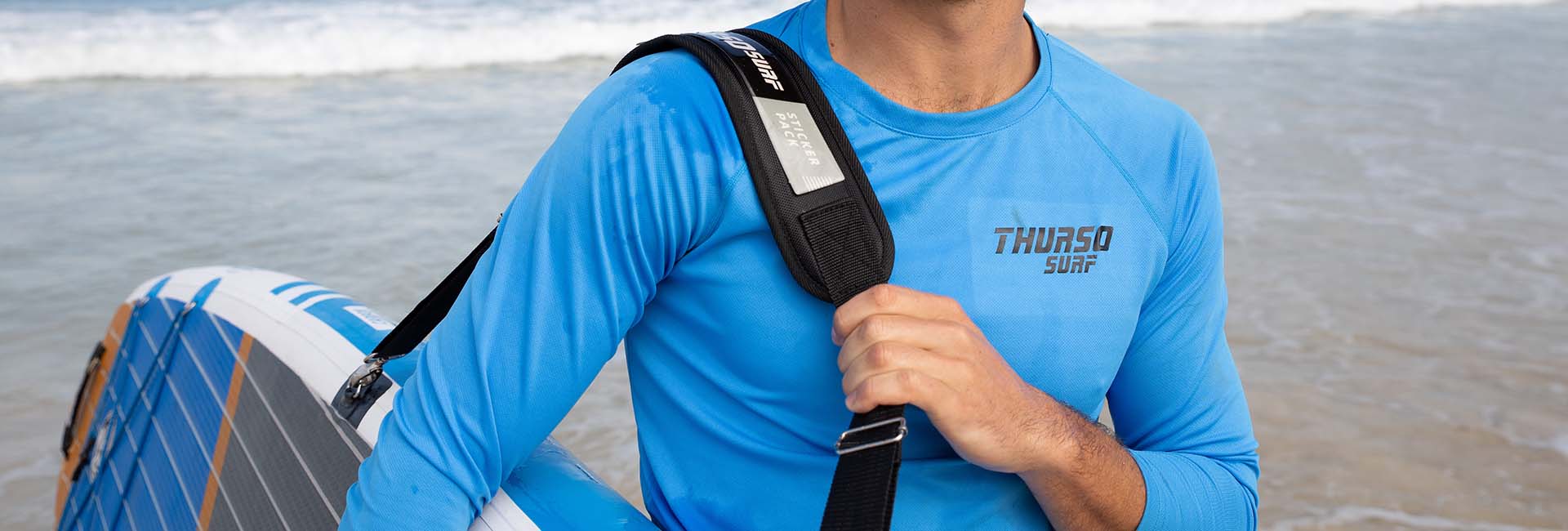
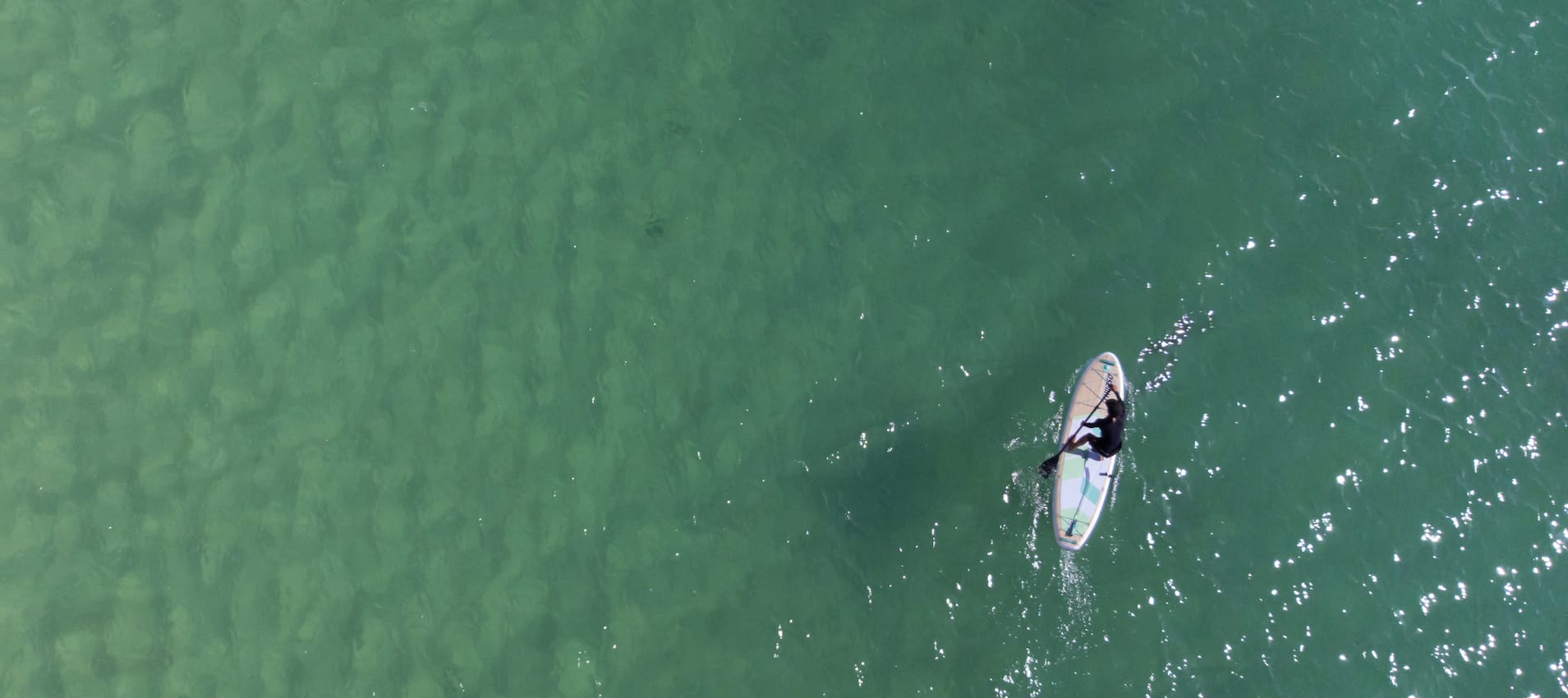
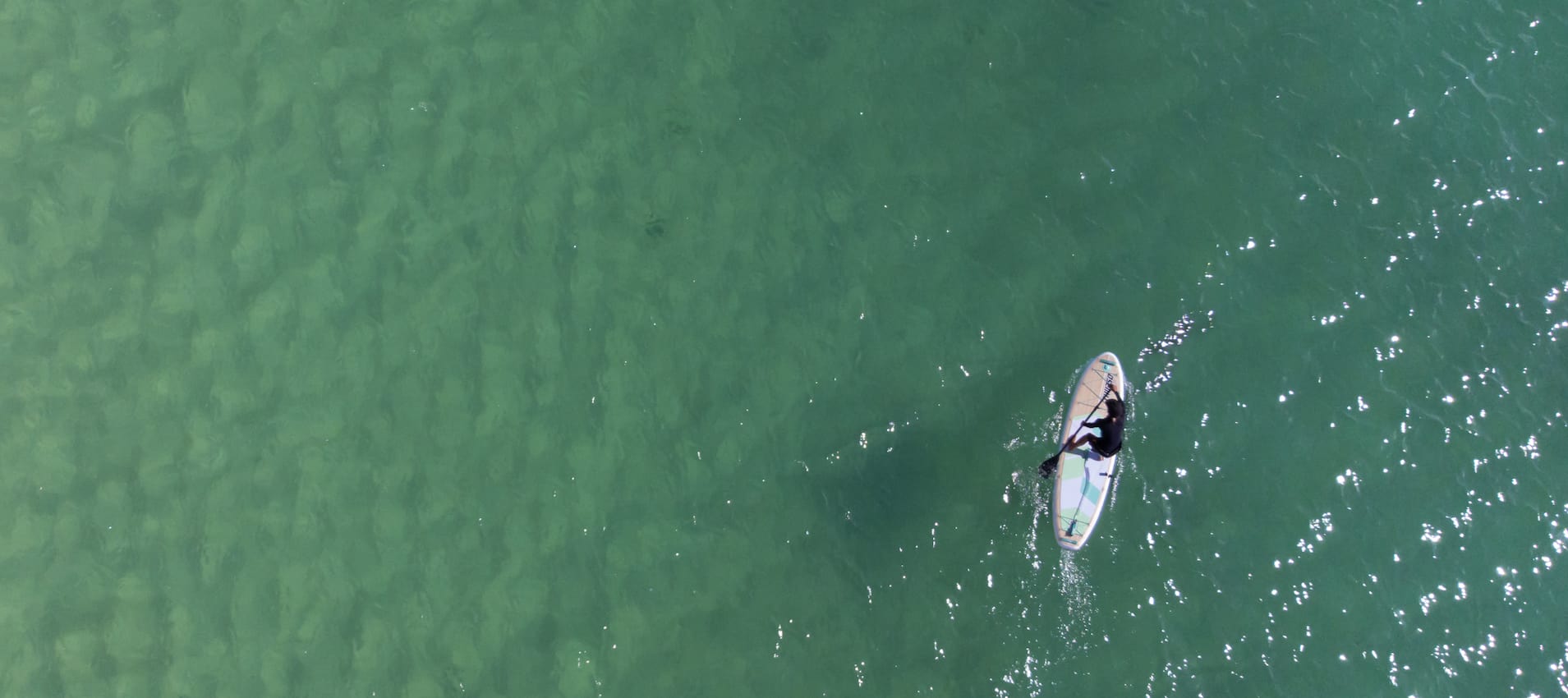

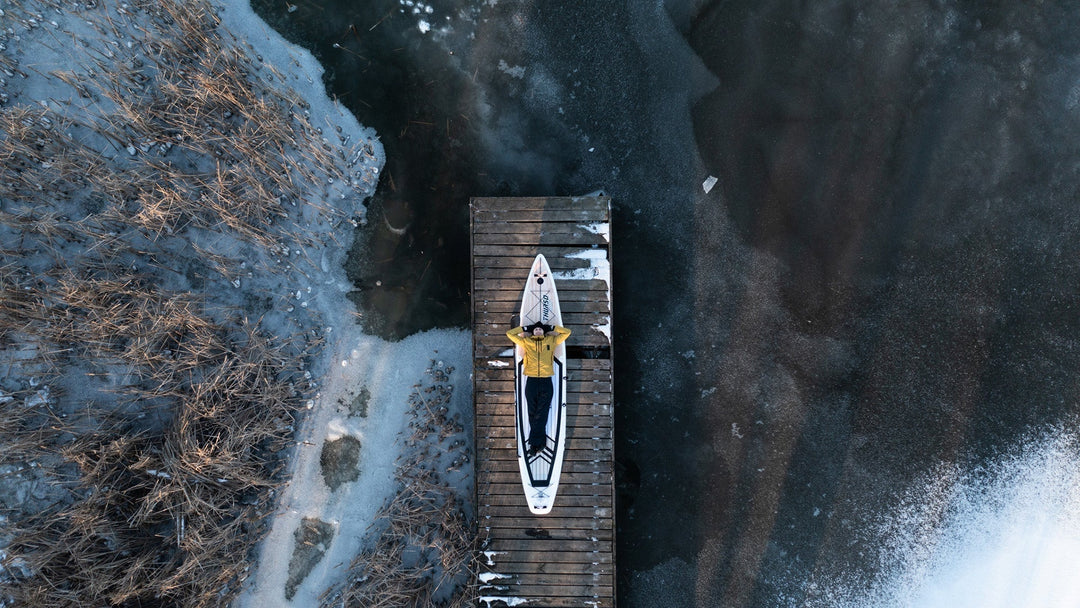
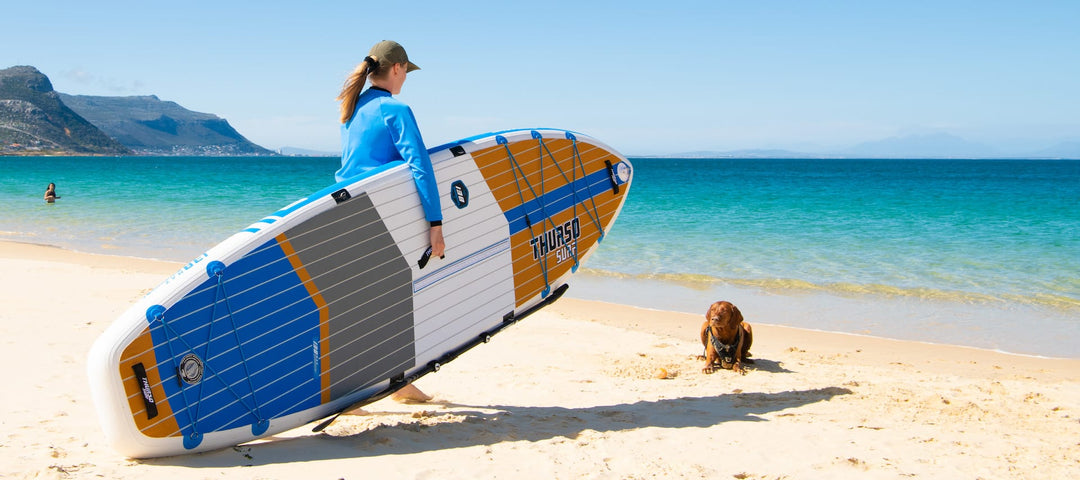
Leave a comment